Handbook of Irrigation
Various types of irrigation techniques differ in how the water obtained from the source is distributed within the field. In general, the goal is to supply the entire field uniformly with water, so that each plant has the amount of water it needs, neither too much nor too little. Surface irrigation is defined as the group of application techniques where water is applied and distributed over the soil surface by gravity. It is by far the most common form of irrigation throughout the world and has been practiced in many areas virtually unchanged for thousands of years.
Surface irrigation is often referred to as flood irrigation, implying that the water distribution is uncontrolled and therefore, inherently inefficient. In reality, some of the irrigation practices grouped under this name involve a significant degree of management (for examples surge irrigation). Surface irrigation comes in three major types, level basin, furrow and border strip. The process of surface irrigation can be described using four phases. All these aspects or irrigation has been discussed in the book in a very lucid manner.
Therefore, the uniqueness of this book lies in the subject way of reconstructing the by delving deep into the areas of the subject.
Get it now and save 10%
BECOME A MEMBER

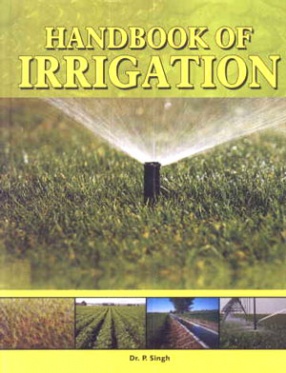
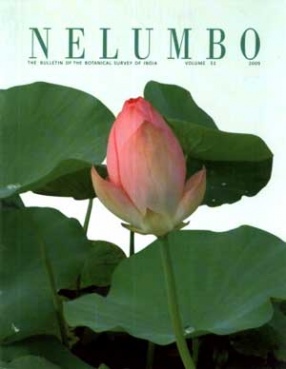


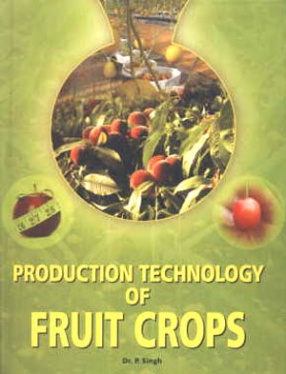
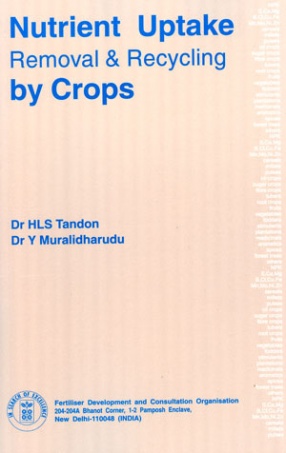


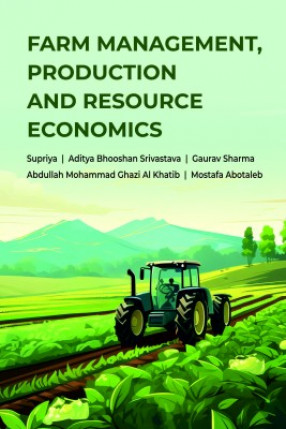

Bibliographic information